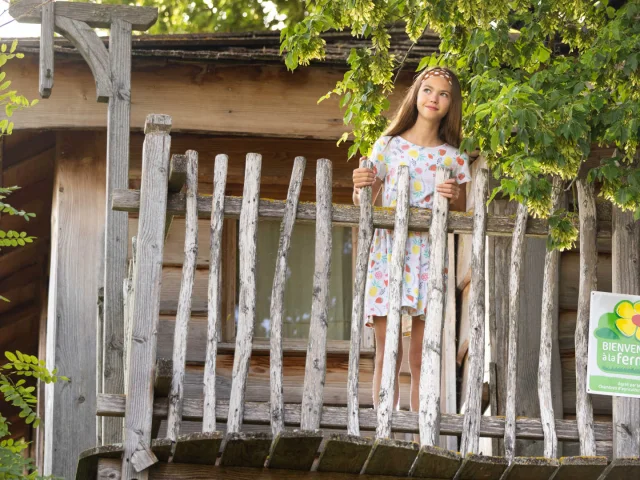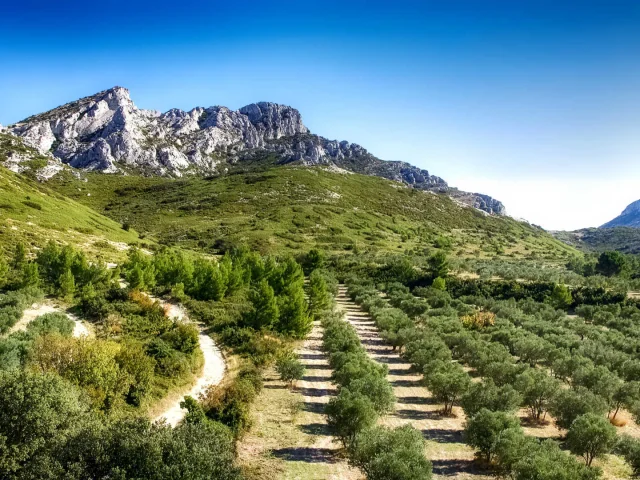So what is pastoralism?
Pastoralism covers all the livestock farming activities which use the natural areas for what is known as the “extensive grazing” of its herds. The shepherds and their animals move around according to the seasons and the availability of natural resources such as water and vegetation. This is known as transhumance, a practice which has been officially recognized in the UNESCO Intangible Cultural Heritage of Humanity. In the south of France, pastoralism is an old tradition. For centuries, shepherds have been leading their herds, made up mainly of ewes, but also with cows and goats, along the Mediterranean coast or in the Alpine pastures of the high mountains in the French southern Alps, through garrigue, scrub, moorland, forests and the great plateaus. Today, pastoralism is still practised by many livestock farmers, who are both the guardians of its authenticity and the actors of its modernisation. The equipment and development of the pastures, and also the shepherds’ lodgings, are the subject of many improvements which are essential for the continuation of this tradition.
 Sheep transhumance, Alpes-Maritimes, France
1958000
La transhumance des moutons, Alpes-Maritimes
19580000
Sheep transhumance, Alpes-Maritimes, France
1958000
La transhumance des moutons, Alpes-Maritimes
19580000













